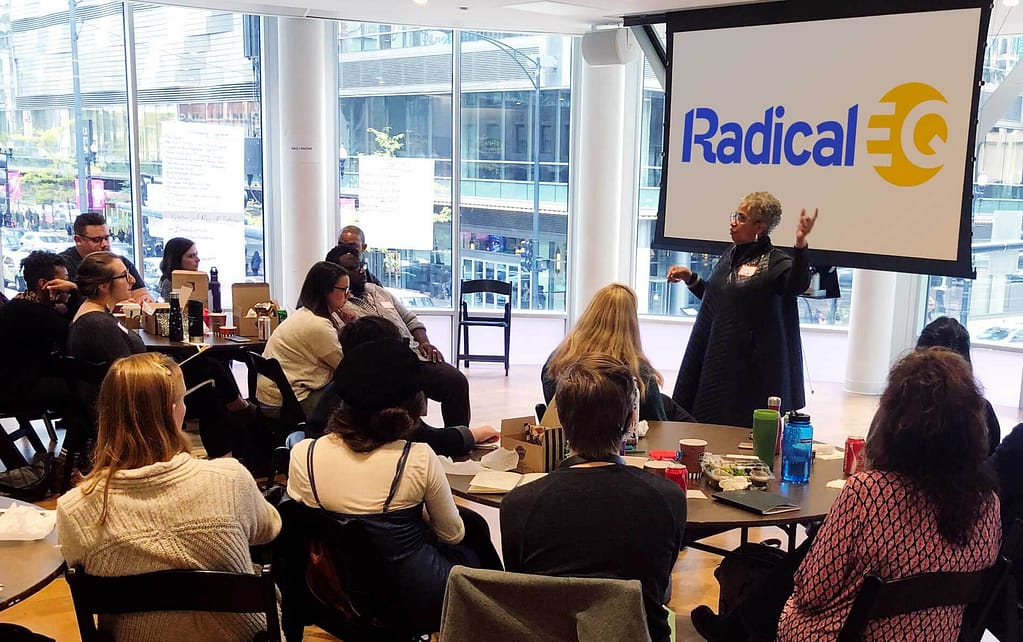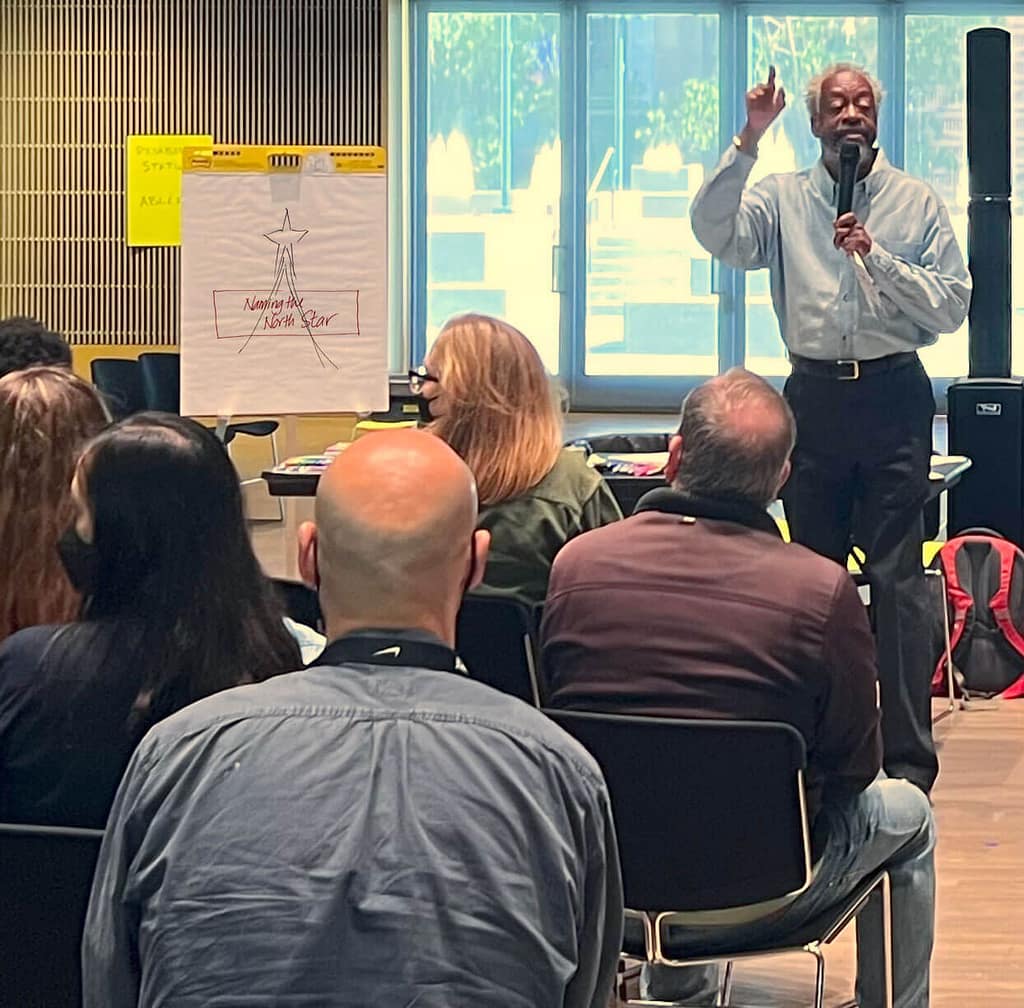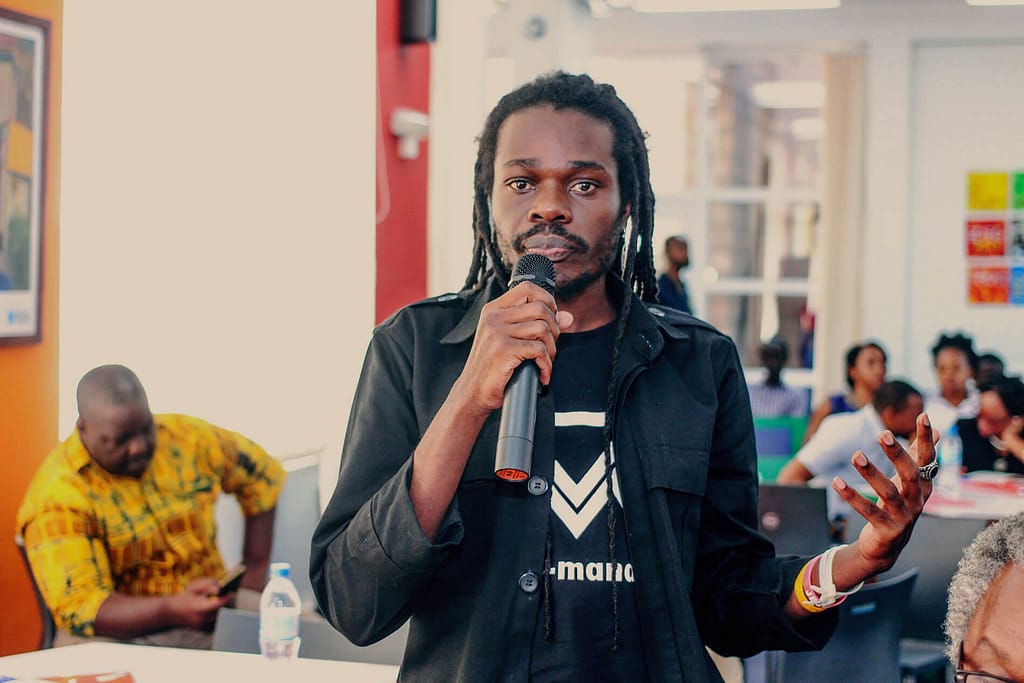By Harry McCord
“Radical simply means ‘grasping things at the root.’”
Angela Davis

White supremacy is the fundamental organizing principle for this country. Interrogating the ideology of white supremacy is essential to understanding the practice of white privilege. By investigating the dialectical relationship between white supremacy (ideology) and white privilege (practice) we’ll understand white supremacy has many faces, racism certainly being the one most equated with it. However, this multi-headed hydra also includes sexism, heterosexism (anti-LGBTQ), nativism, ableism, classism, ageism, Islamophobia, and anti-Semitism.
In the schema of white supremacy and privilege, any oppression can overlap with another (intersectionality), making the associated hardships and marginalization that more intense and devastating to the marginalized individual (group).
Historically, white supremacy was built into policies, systems, structures and culture of America’s workplace. This monocultural bias has been nurtured over the decades such that prioritizing white power and privilege is the master(‘s) plan–“business as usual”. This is important to acknowledge so we clearly see organizations for what they really are: “…not meritocracies but long-standing social structures built and managed to prioritize whiteness.”[1]
This is the way America’s business systems work and they will not, on their own accord, eliminate structural inequities. Therefore, people of conscience must come forward and change business policies, systems, structures, and organizational culture.
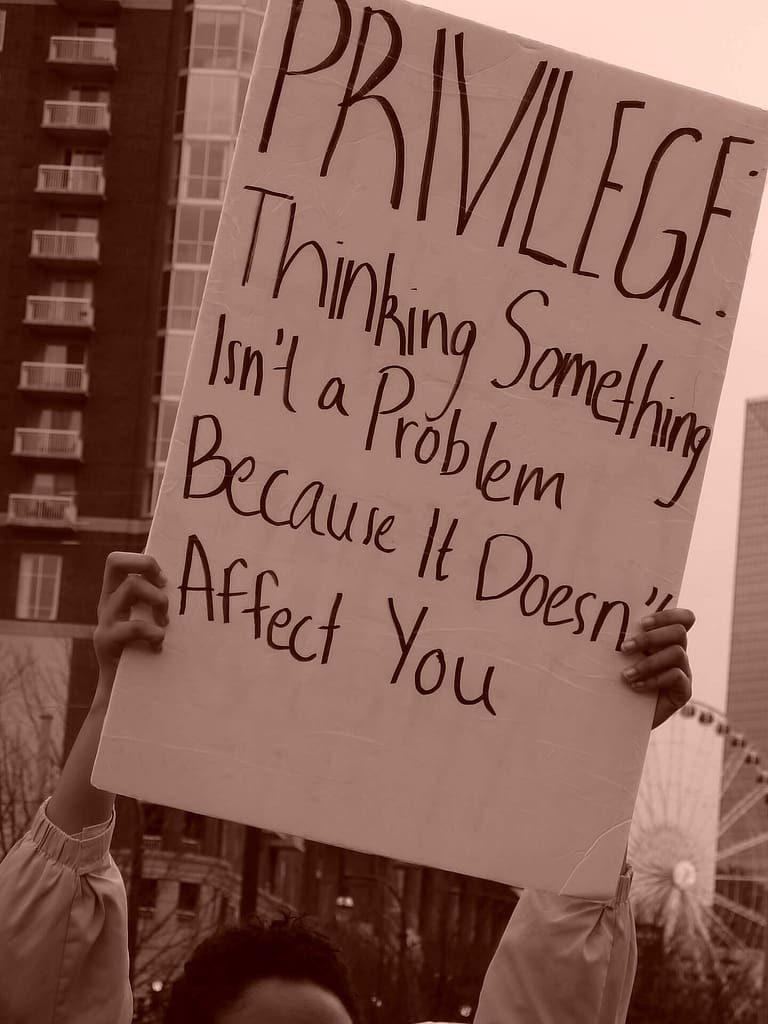
We Need to Create Institutions That Are Human Centered: The Goal is Liberation
Radical Imagination is a necessary first step to counter the social and organizational systems, structures, and culture of whiteness to achieve the goal of transforming an organization.
Developing a liberatory consciousness comes forth when purposeful and positive spaces are created within the organization so people from all levels and areas can bring their whole selves to engage each other in sober and principled discussions and debates regarding their views of the past, present and future—socially and organizationally. A “safe space” to name the problem(s) in terms of systemic assumptions, structures, policies, rules and roles that are flawed because they dehumanize people—especially those from marginalized groups.
This safe space also enables people to make a sober and vivid interrogation of the past, present and future (organizationally and socially) so they can craft a shared vision of a provocative and possible alternative human centered (emergent) future for the organization and the community(s) they serve. Through this praxis, people amass the courage to transform values, vision, culture, and practices of the organization.
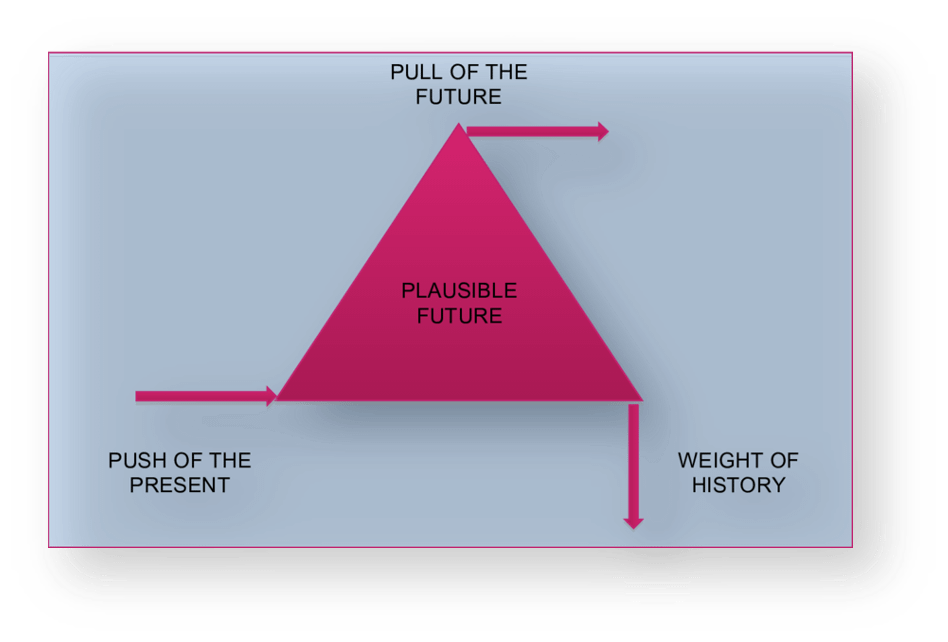
Moreover, the deconstruction of conventional thinking empowers people to challenge coetaneous power relationships within the organization. This radical change, however, must be grounded in human rights principles to ensure that the innovations to come are just, equitable, inclusive, and resilient.
FUNDAMENTAL FREEDOMS
The Universal Declaration of Human RightsHuman rights are rights inherent to all human beings, regardless of race, sex, nationality, ethnicity, language, religion, or any other status. Human rights include the right to life and liberty, freedom from slavery and torture, freedom of opinion and expression, the right to work and education, and many more. Everyone is entitled to these rights, without discrimination.
This human centered organization (and social) vision is radically equitable because the newly envisioned business model, systems, policies, and culture are just, inclusive, and human centered.

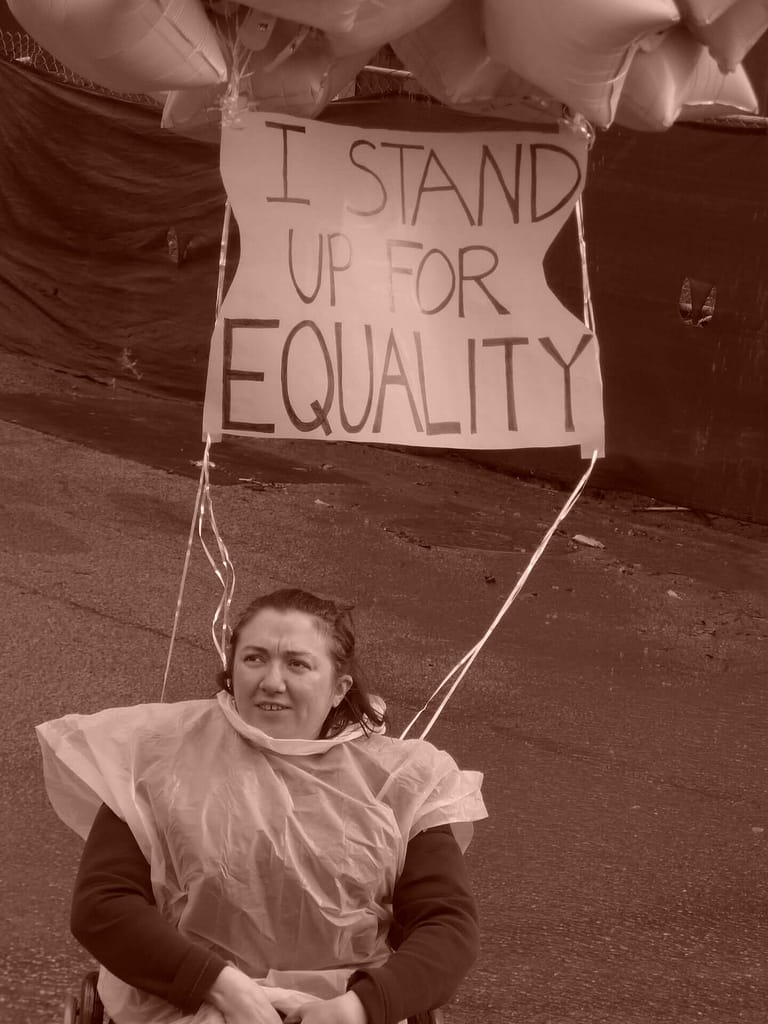
Radical pragmatism is the necessary next step to manifest the emergent future that is envisioned for the organization. This phase is equal parts data collection, analysis, intuition, and creativity to craft compelling scenarios that test the short and long term implications of strategic action plans crafted to drive transformative change. These pragmatic efforts are radical because when fully manifested the organization can never return to what it exactly was previously.
Radical hope is integral within the aforementioned steps. This hope is radical because, as Jonathan Lear eloquently says, “… it is directed toward a future goodness that transcends the current ability to understand what is. Individual and collective actions that are open and flexible in the service of creating more human, human beings and the systems they create that will manifest “a better, more loving (human) future.”[2]
Please see Our Methodology to learn more about how we work and what makes our methodology so effective.
Footnotes
- Victor Ray, “Why So Many Organizations Stay White: Understanding how race is historically and structurally built into the workplace.”, Harvard Business Review, November 19, 2019.
Back to reference 1 in content - Johnathan Lear, Radical Hope, Chicago, Harvard University Press, 2006
Back to reference 2 in content
